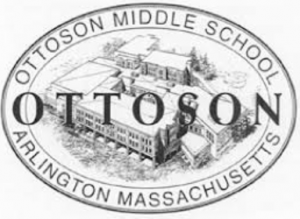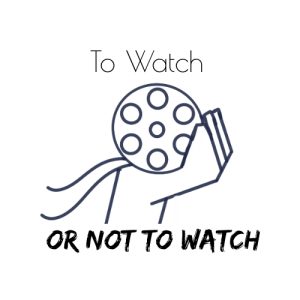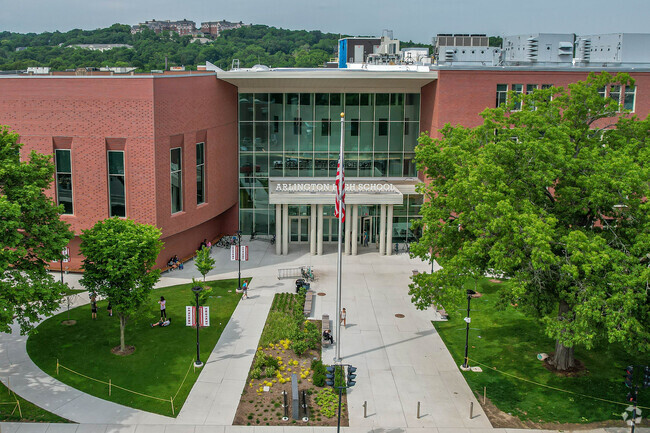Student Statements- Kneeling During the Pledge is Necessary
January 6, 2021
The world is moving fast right now, from the pandemic to the election to national protests. All of this is enough to create divisions in the country. More than ever, people are being vocal about the Black Lives Matter movement, and the result has created heavy change and conversation. But what the election and the Black Lives Matter movement have done to the United States has the potential to unite us further. Simple acts of peaceful protest such as kneeling during the pledge should not be scorned when we are living in today’s world.
Colin Kaepernick, the ex-starter quarterback for the San Francisco 49ers, began kneeling during the national anthem in August of 2016. His actions provoked a long-lasting movement that still hasn’t settled. “Once again, I’m not anti-American,” Kaepernick said that September. “I love America. I love people. That’s why I’m doing this. I want to help make America better.” Then in 2017, Kaepernick was kicked out of the NFL for his kneeling and hasn’t played professionally since.
Still, Kaepernick reopened an issue that now burns nationwide. Now, students have begun kneeling during the Pledge of Allegiance, creating a new debate nationwide. Pledging has always meant that you are committing to something. In this case, “Allegiance,” means loyalty to a superior or group of people. When Kaepernick started kneeling for the anthem, he was trying to send the message that he isn’t going to commit to a country that won’t commit to him due to his racial identity. The words “and justice for all,” in the Pledge can be seen as hypocritical, since not everyone in our country experiences freedom and justice due to their skin tone.
“I think that when we kneel, we show that we are not going to respect a country that does not respect everyone equally. The U.S. is full of hate and discrimination, and the first step to stopping it is acknowledging that it’s there.” These are the words of Toby S, a seventh-grader at Ottoson. He started kneeling during the Pledge of Allegiance at the beginning of the year.
Recently, in the past week or so, I have started kneeling during the Pledge. It has been a topic my friends and I have discussed frequently, and though not all of my friends kneel, many sit. “Sitting is more passive, not standing, but not directly speaking against. Kneeling is voicing your opinion, and not just avoiding deciding,” Toby continues.
Meanwhile, my advisory teacher Mr. Garrity supports students standing during the Pledge of Allegiance. “I believe it is important for American students to participate in an activity that connects students from Maine to Hawaii. Pledging allegiance is a gentle reminder that factions of our culture, such, regions, ethnicity, religion, and political beliefs should not divide our loyalty as Americans to each other,” he explained to the Insider. Mr. Garrity has been teaching for over twenty years at Ottoson.
Personally, I believe that sitting and kneeling during the Pledge of Allegiance is completely understandable. It shows you are determined to help make America better, especially now when it’s in a rough place. It shows that you understand that America has not yet achieved equality for all, but also that we can help move the country in a good direction by recognizing what’s wrong and acting on it.
All views expressed in this article belong to the journalist and do not necessarily reflect the views of the Ottoson Insider.









Mira G. • Jan 25, 2021 at 9:01 pm
This is such an interesting and complicated topic. I appreciate how well written this article is. I agree with the author that kneeling can be a much-needed message, but I also feel that students should be able to stand if they want to. Otherwise, kneeling is no longer a statement. Both ways are respectful; they are respectful in different ways. Now that I have read this article, I am considering kneeling when I hear the Pledge of Allegiance again (the school I am currently attending does not use the Pledge). Thank you for bringing my attention to this topic. I have always either stood (in the far past) or sat (in more recent times). I thought that sitting was a way to show that I do not want to agree with a pledge that has the words “under God” even though I have a religion, because I do not think that it is appropriate. Now I have greater perspective.
Louisa Snell • Nov 25, 2021 at 10:43 pm
I’m glad this article is spreading the awareness it was intended to! Thank you so much for really considering the message I’m trying to send.